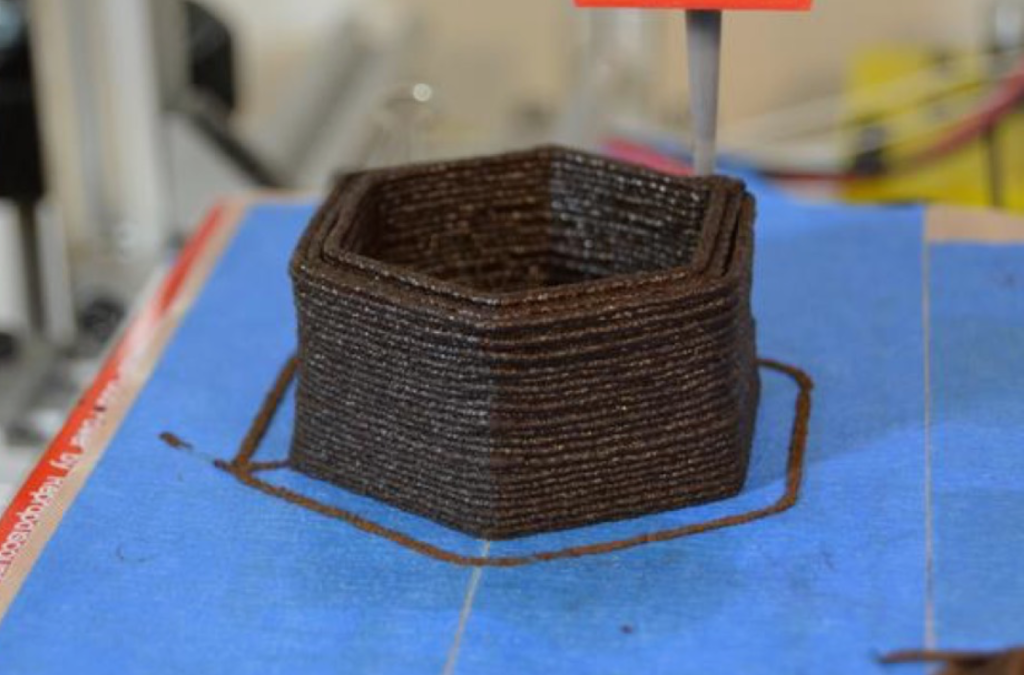Don’t throw out those used coffee grounds—use them for 3D printing instead
... Inspiration struck while Rivera was a graduate student at Carnegie Mellon University and a regular at Arriviste Coffee Roasters cafe in Pittsburgh. The used coffee grounds were composted by a local group until the COVID-19 pandemic hit, when the owner was forced to start throwing the grounds out. Rivera remembered the owner's dilemma when he became a postdoc at University of Colorado Boulder and was casting about for sustainable alternatives for 3D printing. Coffee grounds seemed like a viable option. "When you do the extraction for brewing a drink [of coffee] you're only drinking about 20 percent of what's in that bean," said Rivera. "The spent coffee grounds are the other 80 percent of the material that's there."
Arriviste supplied Rivera with spent coffee grounds from making espresso-based drinks like lattes and cappuccinos. The grounds were dried in direct sunlight over two days rather than drying them in an oven to reduce energy consumption for the process. The dried grounds were sifted with a standard kitchen strainer to remove large clumps and then mixed with xanthan gum and carboxymethyl cellulose powders, which serve a similar purpose to binders, stabilizers, and thickeners. Finally, that mixture was combined with water (proportional by mass), and the resulting paste was loaded into 60 mL syringes for use in a modified consumer-grade 3D printer. (Rivera's adapter design is open-sourced.) No heat is required during the printing process.
The finished 3D-printed objects are as strong as unreinforced concrete, per Rivera. His team has made small planters to grow seedlings, which can be transferred to a garden—biodegradable planter and all—when the resulting plants are ready. They've made decorative pendants and espresso cups out of this new material. And they created 3D-printed prototype user interfaces for human-computer interactions that changed shape due to shrinkage as they dried—a single-layer square morphing into a saddle shape, for example, or a rectangular rod that bent upwards as it dried.
See the full story here: https://arstechnica.com/science/2023/09/dont-throw-out-those-used-coffee-grounds-use-them-for-3d-printing-instead/?mc_cid=671b60cb73&mc_eid=cf24d7da5b

Pages
- About Philip Lelyveld
- Mark and Addie Lelyveld Biographies
- Presentations and articles
- Tufts Alumni Bio